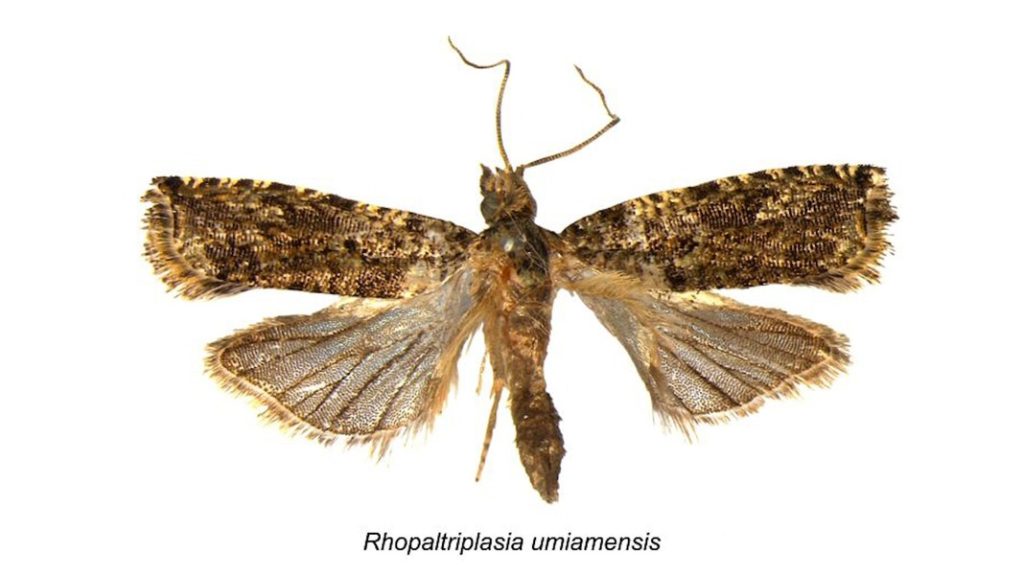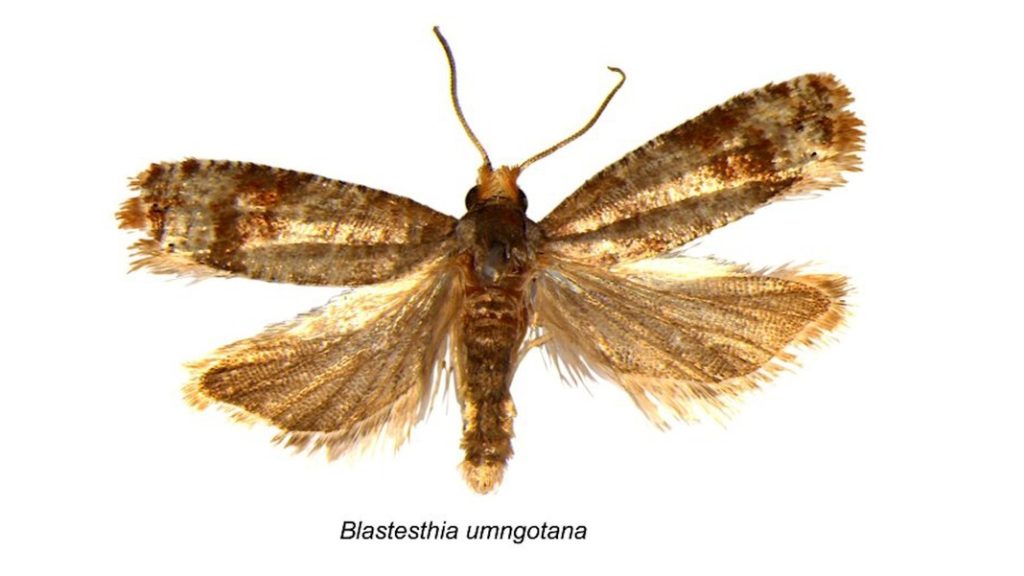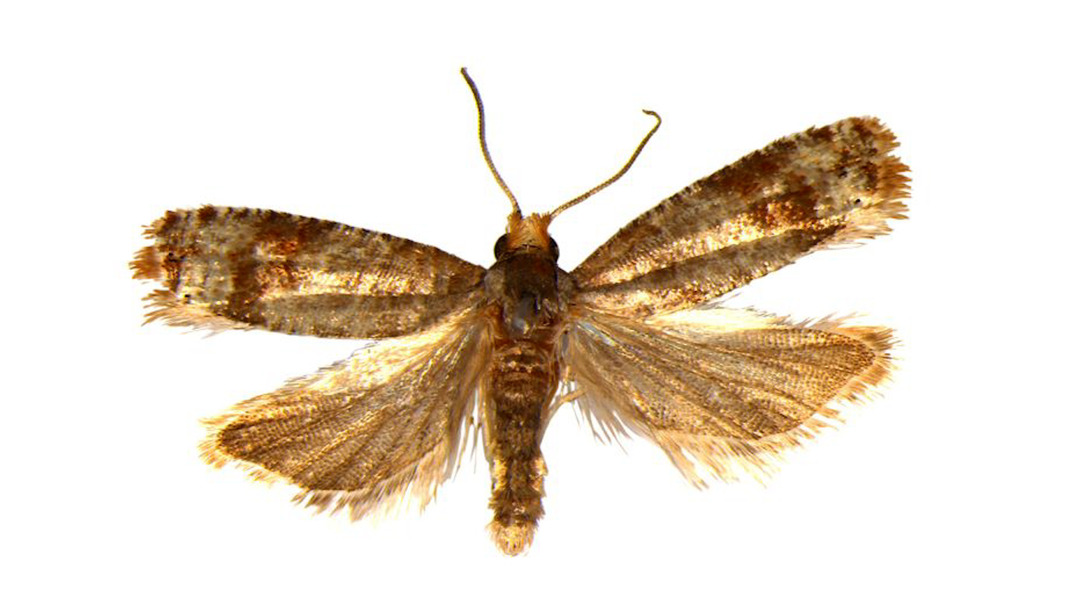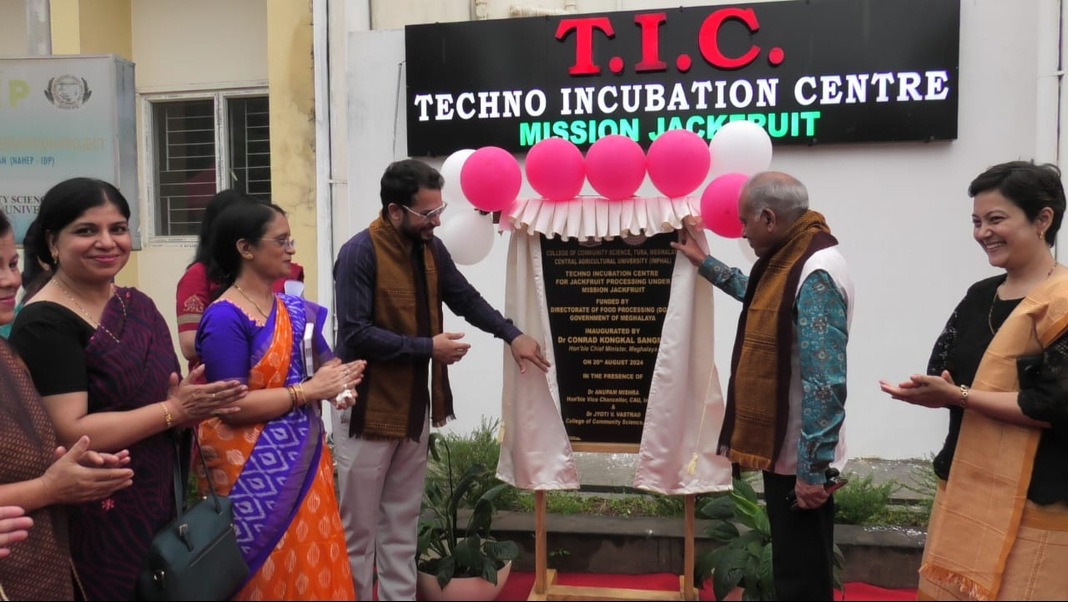Guwahati, Aug 20: Meghalaya, already known for its rich biodiversity, is now recognized for its micromoth diversity as well.
Researchers from ICAR-Indian Agricultural Research Institute have discovered two new species of micromoths found at Umiam Lake- a tranquil lake at the entrance of Shillong town. The micromoths are Rhopaltriplasia umiamensis and Blastesthia umngotana.
The two new species of micromoths are from the Tortricidae family. These discoveries were made as part of their ongoing studies on Indian Tortricidae. The study, led by Dr P. R. Shashank, a senior scientist at ICAR, along with his PhD student, Santhosh Naik G., has shed light on the rich but understudied micromoth fauna of this northeastern state.
The Tortricidae family, commonly known as leafroller moths, includes species that are pivotal both ecologically and economically. While many are known for their role as pests in agriculture, others play significant roles in ecosystems by supporting the food chain. Among the total species discovered in this family northeastern region accounts for more than 70% of species. However, still, there is still a lot to discover in these locations.

Dr Shashank’s research team, which has been studying micromoths for several years, highlights the importance of Meghalaya’s unique ecosystem in harbouring these new species. “The region’s diverse habitats, ranging from tropical forests to high-altitude grasslands, provide an ideal environment for the evolution of unique moth species. Our discovery underscores the need for continued exploration and conservation efforts in these ecologically sensitive areas,” he stated.
The team surveyed the areas of East Khasi Hills, West Jaintia Hills, and the Ri Bhoi region during their extensive fieldwork. They meticulously collected specimens, performed dissections, and conducted taxonomic treatments. The study not only identified the new species but also documented their distinct morphological features, which were compared against known species in the Tortricidae family. This research could enhance the understanding of the evolutionary relationships among these moths and contribute to more targeted conservation strategies.

Santhosh Naik G, who played a key role in identifying these new species, expressed his enthusiasm: “Discovering new species is a dream come true for any entomologist. This project has heightened my appreciation for insect diversity and reinforced the need for environmental conservation.”
The research, published in a peer-reviewed journal, has garnered attention from global entomologists and conservationists. It adds to the growing list of newly documented species in India, further establishing the country as a significant biodiversity hotspot.
This discovery by the ICAR team exemplifies the vital role of scientific exploration and the contributions of emerging researchers to our understanding of the natural world. The researchers say amid increasing environmental challenges, studies like these emphasize the urgent need to preserve biodiversity and appreciate the intricate web of life-sustaining our planet.




